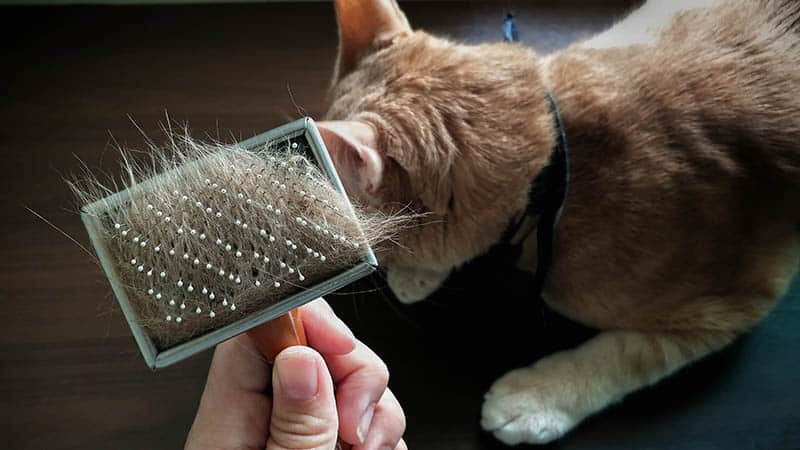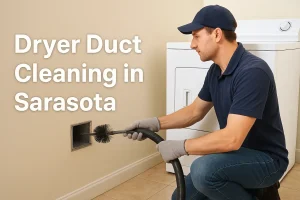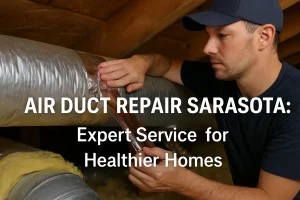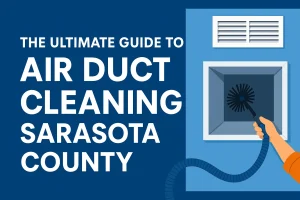If you have furry friends at home, you may not realize how much pet hair and dander in air ducts can impact your indoor air quality. Over time, pet fur, dander, and dust accumulate inside your HVAC system, reducing efficiency and potentially triggering allergies. Regular air duct cleaning is essential for pet owners to maintain a cleaner, healthier home environment.
1. Pet Hair and Dander Get Trapped in Air Ducts
Every time your pet sheds, loose hair and tiny skin flakes (dander) become airborne and get pulled into your HVAC system. These particles accumulate inside the ductwork, sticking to surfaces and restricting airflow. If pet hair and dander in air ducts are left unchecked, they can spread throughout your home every time you turn on your heating or cooling system.
The buildup of pet-related contaminants not only affects air quality but can also make your HVAC system work harder, leading to inefficiencies and higher energy costs.
2. Worsening Allergy Symptoms and Respiratory Issues
For individuals with allergies or asthma, pet hair and dander in air ducts can create serious health concerns. When pet dander circulates through your HVAC system, it lingers in the air, aggravating allergies and causing symptoms such as sneezing, coughing, and watery eyes.
Even if you clean your home frequently, dander is microscopic and can settle deep within your ductwork. The best way to combat this issue is to schedule regular air duct cleaning to remove these allergens and improve indoor air quality.
3. Increased Dust and Odors in Your Home
Have you noticed an increase in dust buildup or lingering pet odors? Pet hair and dander in air ducts contribute to these issues by trapping dust, debris, and pet-related smells inside your HVAC system. As air circulates, these particles get redistributed, making your home feel stuffy and unclean.
To reduce dust accumulation and eliminate pet odors, it’s essential to clean your air ducts regularly. This prevents pet-related contaminants from cycling through your home and keeps the air fresh.
4. Strain on Your HVAC System and Higher Energy Costs
A clogged HVAC system has to work harder to maintain proper airflow. When pet hair and dander in air ducts build up, your heating and cooling unit struggles to push air through, increasing energy consumption and raising utility bills. Over time, this strain can lead to costly repairs or even system failure.
By keeping your air ducts free from pet hair, you improve airflow, boost efficiency, and extend the lifespan of your HVAC system. This simple maintenance step can save you money and keep your home comfortable year-round.
5. Risk of Mold and Bacteria Growth
Pet dander contains organic material that, when combined with humidity, creates an ideal environment for mold and bacteria growth inside your ducts. If moisture gets trapped in your HVAC system, mold spores can spread throughout your home, leading to unpleasant odors and potential health risks.
To prevent mold issues caused by pet hair and dander in air ducts, ensure proper ventilation and schedule routine duct cleanings. This helps maintain a healthier indoor environment for both you and your pets.
6. How to Minimize Pet Hair and Dander in Your Air Ducts
While air duct cleaning is essential, pet owners can also take proactive steps to minimize the impact of pet hair in their HVAC system:
-
Groom Pets Regularly: Brushing your pets reduces shedding and prevents excess hair from entering your air ducts.
-
Use High-Quality Air Filters: HEPA filters trap pet hair and dander before they reach your ductwork.
-
Vacuum and Dust Frequently: Keeping floors and furniture clean reduces airborne pet debris.
-
Schedule Professional Air Duct Cleaning: A deep cleaning removes pet-related contaminants and keeps your HVAC system running efficiently.
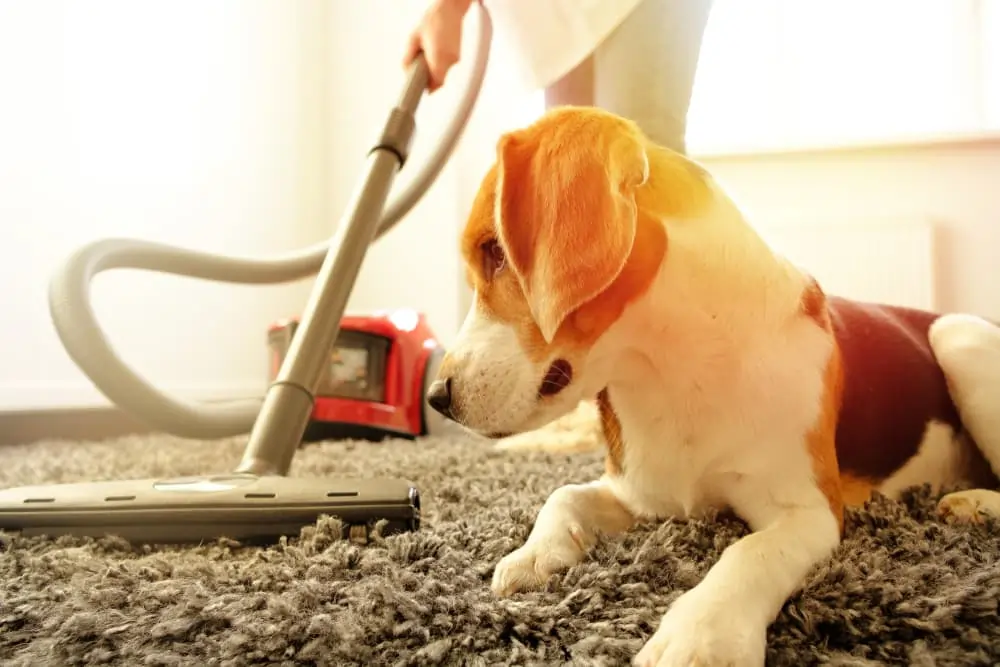
Conclusion
If you have pets, keeping your HVAC system clean is crucial for maintaining good indoor air quality. Pet hair and dander in air ducts can lead to allergy flare-ups, increased dust, unpleasant odors, and HVAC inefficiencies. By scheduling regular air duct cleaning and taking preventive measures, you can enjoy a fresher, healthier home for both you and your furry companions.

